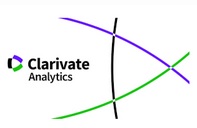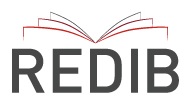HYPNOSIS FROM A NEUROBIOLOGICAL PERSPECTIVE: A REVIEW OF EVIDENCE AND APPLICATIONS TO IMPROVE IMMUNE FUNCTION
Abstract
Neuropsychophysiological evidence is reviewed testing a three-stage, top down working model of the traditional hypnotic relaxation induction involving: 1) a thalamocortical attentional network engaging a left frontolimbic focussed attention control system underpinning sensory fixation and concentration on the induction; 2) instatement of frontolimbic inhibitory systems through suggestions of tiredness at fixation and relaxation whereby anterior executive functions are suspended and directed by the induction; 3) engagement of right-sided temporoposterior functions through passive imagery and dreaming. A selectivity of action in high susceptibles was a hallmark of the studies. Increased Stroop interference coincided with maintenance of error detection and abolition of error evaluation potentials, interpreted as dissociation of cognitive and affective executive systems of the anterior cingulate. Verbal, category and design fluency tasks were dissociated with hypnosis centring on left anterior processes as seen in left lateral and medial reduced EEG connectivity. Limbic modulated electrodermal orienting responses and frontal modulated mismatch negativity waves were inhibited. Asymmetries in electrodermal and electrocortical responses to tones shifted to favour the right hemisphere, an asymmetry also seen in visual sensitivity. Haptic processing and visual sensitivity disclosed more distributed changes in medium susceptibles, while low susceptibles were characterised by poorer attentional functions at baseline and improvements through the induction.Downloads
Download data is not yet available.
Metrics
Views/Downloads
-
Abstract701
-
PDF (Español (España))399
Gruzelier, J. (1999). HYPNOSIS FROM A NEUROBIOLOGICAL PERSPECTIVE: A REVIEW OF EVIDENCE AND APPLICATIONS TO IMPROVE IMMUNE FUNCTION. Anales De Psicología Annals of Psychology, 15(1), 111–132. Retrieved from https://revistas.um.es/analesps/article/view/31191
Monographic volume: Psychology and hypnosis
About Copyright and Licensing, more details here.










